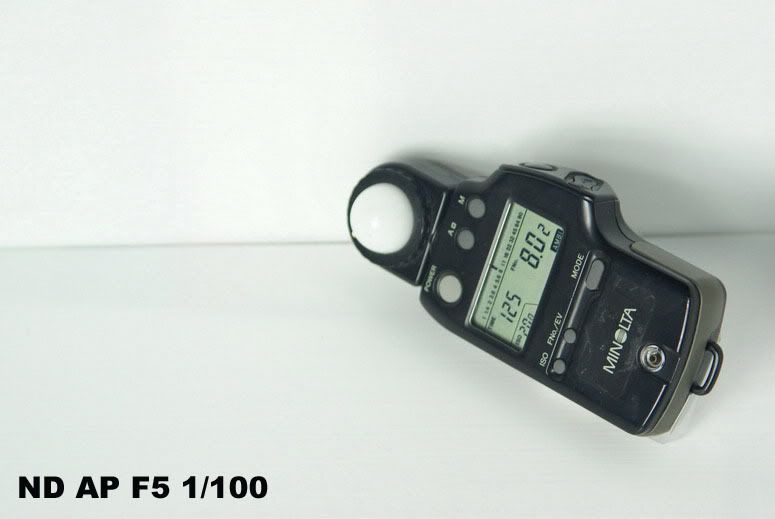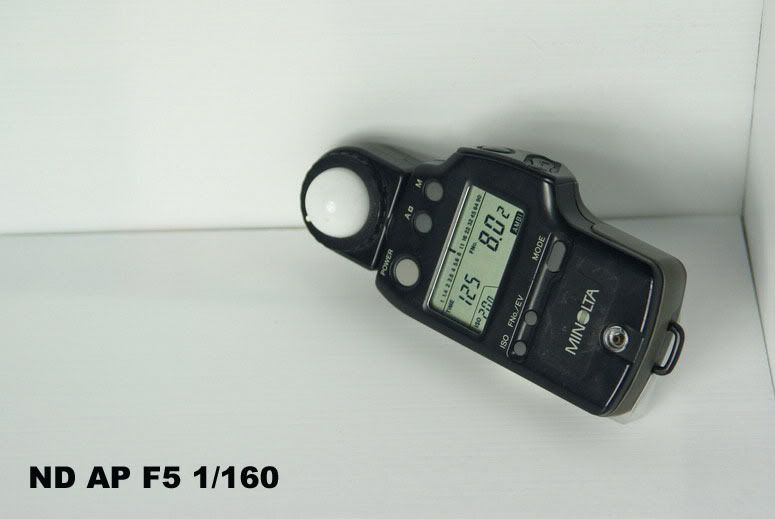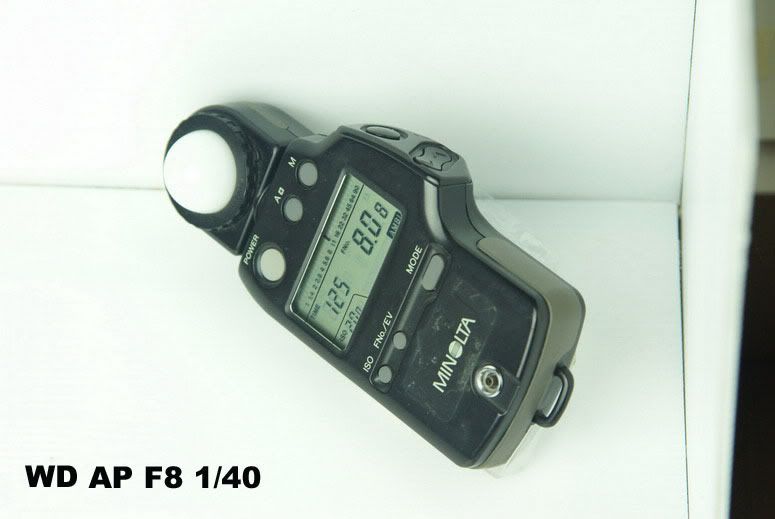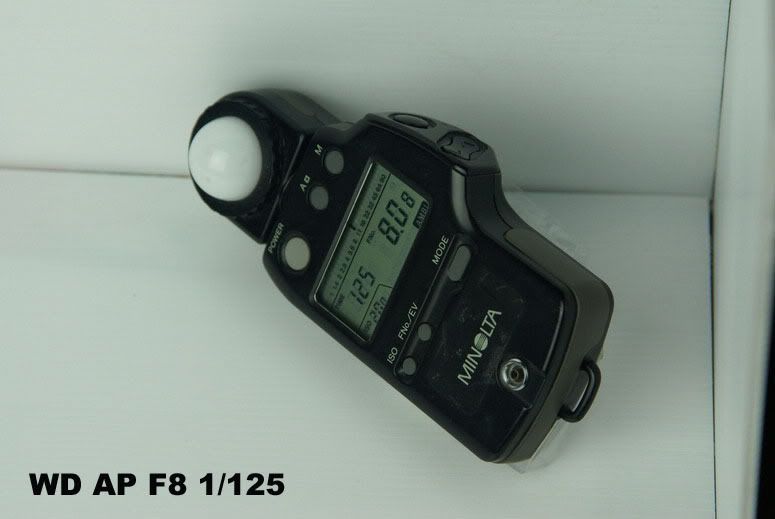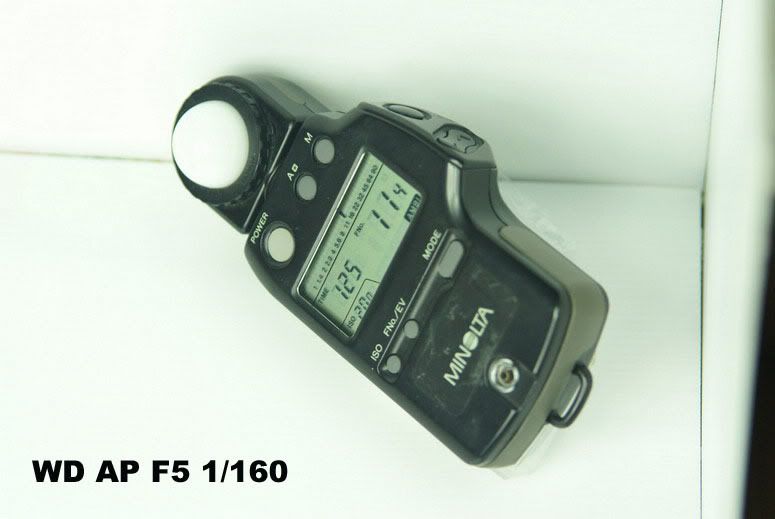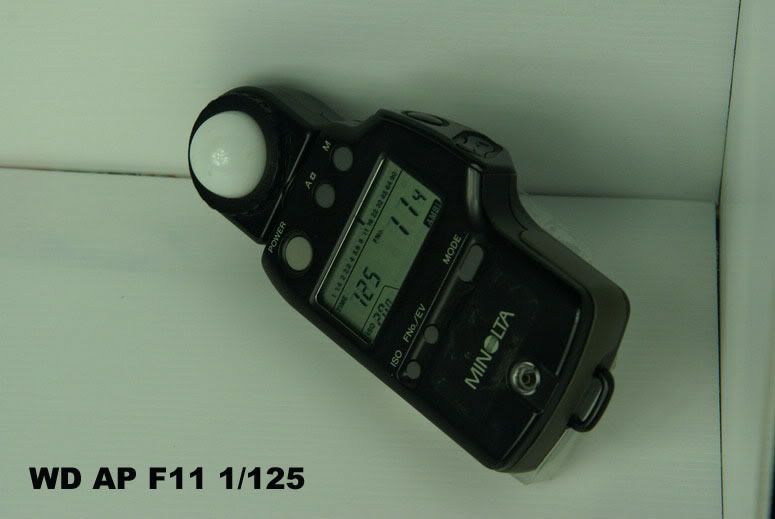Hi all, I decided to post this thread specially dedicated to using CFL (Continuous Fluorescent Light). Please note that this is a thread purely to share knowledge relating to CFL and nothing else. Before I start anything I hope you guys will read first before posting anything.
This thread is strictly to share with one another on topics relating to CFL on:
All sort of Still life photos (experimental/artistic and etc) taken using CFL or CFL with other equipments like flash reflector
Setup of CFLs for the Still live photos
Please don't post things like:
Sourcing for CFL (Please please don't do it here, you go google yourself or post your own WTB in Buy/Sell)
Comparing with others equipments (I truly believe that different type of photography equipment has it own unique strength and weakness) If you really want to compare, please post your own thread.
Still life photos/works without any use of CFL
For any things realting to the following I have open up a thread at General, Reviews, Tech Talk. So do discuss over there instead
Technical knowledge in using CFL
Tips and tricks
How different brand of camera behave when using CFL
Auto White balance issues/theories/troubleshoot
Lights/CRI/Color temperature/full spectrum theory
Getting good images and how you achieve it with CFL
How different brand of fluorescents behave (heat/CRI/and etc)
General, Reviews, Tech Talk on CFL
http://www.clubsnap.com/forums/showthread.php?t=381117
That's about it...
Hope everyone will find this thread useful in someways. For guys who are CFL owners/non-owners, I hope we can make use of this and learn from each others.
(Something like... instead of giving a person a fish and feed him a day, why not teach him to fish so he can feed himself forever. So now we are fisherman and try to teach each others to fish with CFL :bsmilie By the way I got this from a professional photographer, very meaningful
By the way I got this from a professional photographer, very meaningful
This thread is strictly to share with one another on topics relating to CFL on:
All sort of Still life photos (experimental/artistic and etc) taken using CFL or CFL with other equipments like flash reflector
Setup of CFLs for the Still live photos
Please don't post things like:
Sourcing for CFL (Please please don't do it here, you go google yourself or post your own WTB in Buy/Sell)
Comparing with others equipments (I truly believe that different type of photography equipment has it own unique strength and weakness) If you really want to compare, please post your own thread.
Still life photos/works without any use of CFL
For any things realting to the following I have open up a thread at General, Reviews, Tech Talk. So do discuss over there instead
Technical knowledge in using CFL
Tips and tricks
How different brand of camera behave when using CFL
Auto White balance issues/theories/troubleshoot
Lights/CRI/Color temperature/full spectrum theory
Getting good images and how you achieve it with CFL
How different brand of fluorescents behave (heat/CRI/and etc)
General, Reviews, Tech Talk on CFL
http://www.clubsnap.com/forums/showthread.php?t=381117
That's about it...
Hope everyone will find this thread useful in someways. For guys who are CFL owners/non-owners, I hope we can make use of this and learn from each others.
(Something like... instead of giving a person a fish and feed him a day, why not teach him to fish so he can feed himself forever. So now we are fisherman and try to teach each others to fish with CFL :bsmilie



